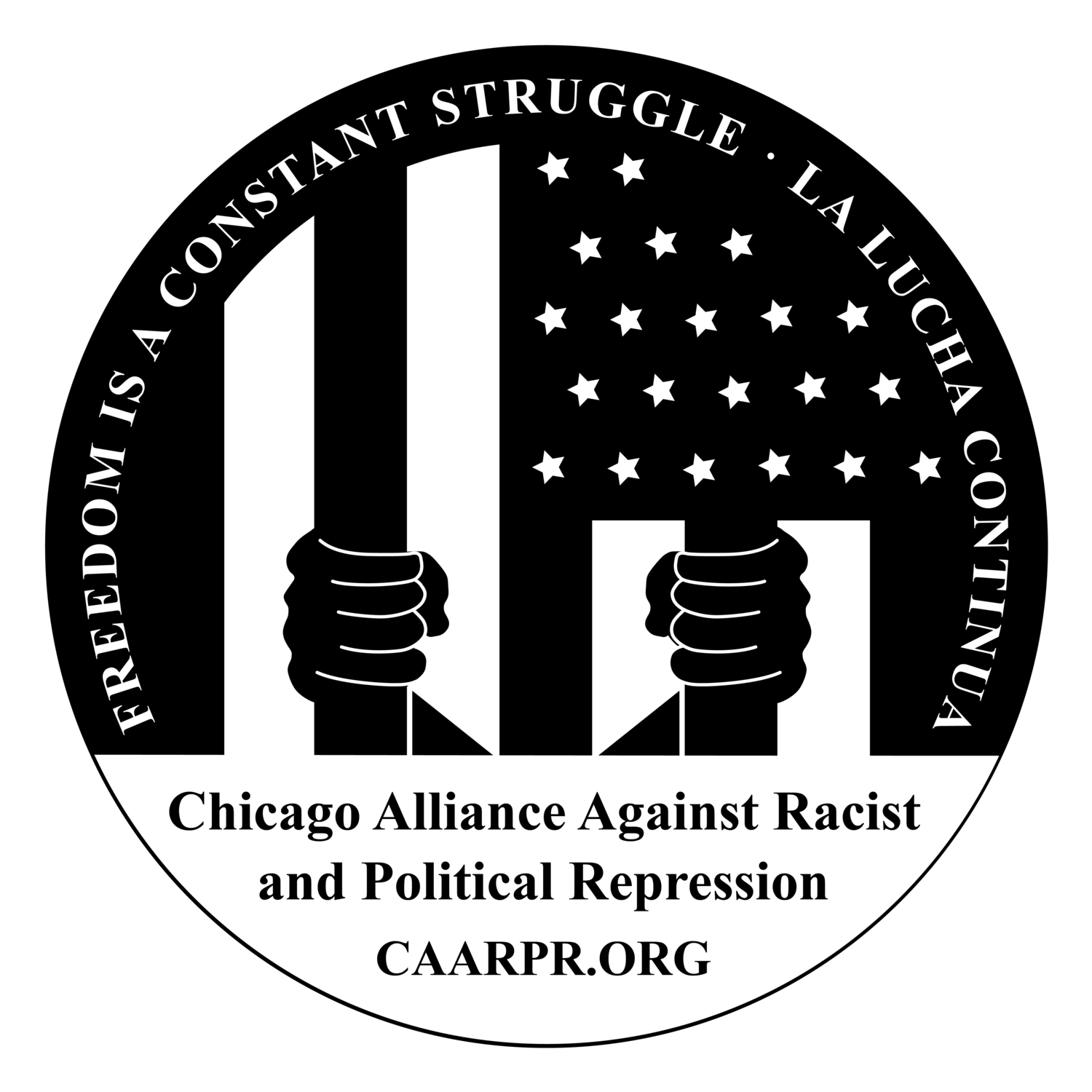SURVIVOR STORIES
GEORGE ANDERSON
On August 21, 1991, Claimant George Ellis Anderson, age 29, was arrested and later taken to Area 3 of the Chicago Police Department. George Anderson was questioned by Detectives Michael Kill, Kenneth Boudreau, and John Halloran regarding the homicide that had taken place that same day of Jeremiah Miggins, age 11, who was hit by a stray bullet. Anderson was picked up by the police purely because he was driving down the same street the murder was on. Once at Area 3, Anderson was handcuffed to the wall for over twelve hours with no food or sleep while the detectives continued to ask him if he was ready to tell them about what he did.
Anderson continued to ask why he was being arrested. After Detective Kill informed him that they were going to charge him with the murder of the little boy, Anderson asked if he could have an attorney. The detectives began to beat Anderson repeatedly, including kicking him on the wrists while he was handcuffed to the wall. Anderson was punched in the head, face, and chest. He was threatened with further beatings if he didn’t sign a confession. The detectives continued to beat him until Anderson signed the confession handwritten by an Assistant State’s Attorney, Joseph Brent. Anderson testified that he signed the confession because he really thought the detectives were trying to hurt him badly and thought they might kill him if he didn't sign. Detectives Kill, Halloran, and Boudreau stayed in the room and told ASA Brent what to write in the confession. They did not read the statement to Anderson, stating that it didn't matter what it said, because it is what they believe happened on August 21st .
After Anderson signed the first confession, he was then taken to another room in Area 3 where he was handcuffed with his arms over his head. While in this position Detective James O’Brien and Detective Joseph Stehlik began questioning Anderson about the murder of Jeremiah Miggins that occurred on June 9, 1991. Anderson claimed he knew nothing of this incident and Detective O'Brien held an open telephone book over George Anderson’s left side, while Detective Joseph Stehlik struck Anderson with a black rubber hose multiple times. Aggressive interrogation tactics were utilized, including telling Anderson that there was an informant who placed Anderson as the driver involved in the drive-by shooting on June 9th . He was held for over 48 hours in the freezing room with no food or water, asking for a lawyer repeatedly to no avail. As a result, George Anderson agreed to sign a confession, handwritten by Assistant State’s Attorney, Brian Grossman, confessing to a second homicide case regarding to the murder of 14- year old Kathryn Myles. Anderson was held in a room with nothing to eat from August 21, 22, and 23.
Once Anderson was sent to the Cook County Jail, he became sick every few weeks with a high temperature, blood while urinating, and pain in his side. He was treated with antibiotics each time, but the cause of the problem was never discovered. After 3 visits to the hospital, the Doctor's found that Anderson had a ureteropelvic junction obstruction caused by trauma to the kidney. The Doctor at Cook County Hospital stated that this injury was so severe that he could have died due to the kidney releasing toxic waste into the body. Although Anderson had surgery on March 22, 1993, he continues to have problems with his kidney and doctors can't tell him what is wrong.
George Anderson recanted his confession and motioned to suppress it form the record. His motion was denied by Judge Joseph Urso based on false testimonies by Detectives Kill, Boudreau, Stehlik, and O'Brien where they denied abusing Anderson. Judge Urso accepted the testimony of the detectives and found that the "evidence shows just to the contrary, that the defendant was not, in fact, physically coerced or forced into giving any sort of statement." After his motion to suppress was denied, Anderson was convicted on November 30, 1994 in a bench trial in the case regarding the murder of Miggins, at which his confession was introduced against him. Although Anderson was eligible for the death penalty, the judge imposed a sentence of natural life due to Anderson entering a plea deal on May 24, 1993 for the case involving the murder of Myles. Pursuant to an agreement that he would not be sentenced to death, Anderson received a sentence of 40 years. It took over 3 years for Anderson to go to trial because of a prosecution stall and due to the fact that Anderson was in and out of the hospital because of the injuries accrued from the torture done to him.
Since this initial hearing, new and overwhelming evidence has emerged that the abuse suffered by George Anderson was part of a systematic pattern of torture that occurred at Area 2 and 3 under Burge's command. Several individual cases show strikingly similar torture tactics with the same detectives.
George Anderson had a court appearance on February 27, 2018 with the presiding Judge William Hooks. This hearing was continued.
George Ellis Anderson's case was reviewed by the Illinois Torture Inquiry and Relief Commission and they decided that, by a preponderance of the evidence, there is sufficient evidence of torture to merit a new hearing. Anderson has been offered a deal by Special Prosecutors, Myles O'Rourke and Williams to have his case regarding Myles be thrown out, and to serve half time for his case involving Miggins. George Anderson will not take any deal and is insisting on a new trial. Anderson's case is ongoing and CAARPR will provide updates as they arrive.

